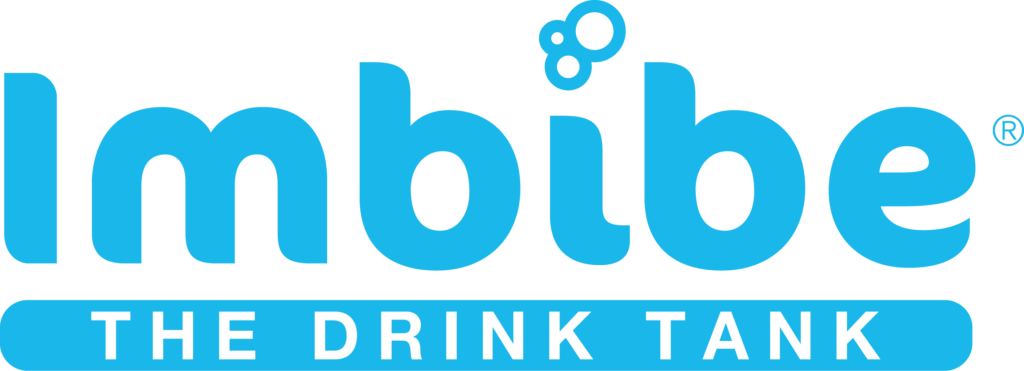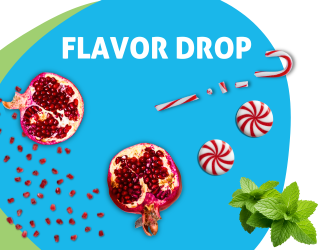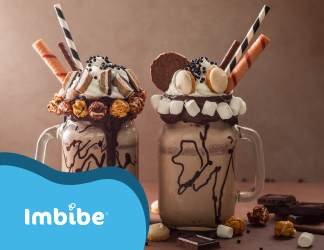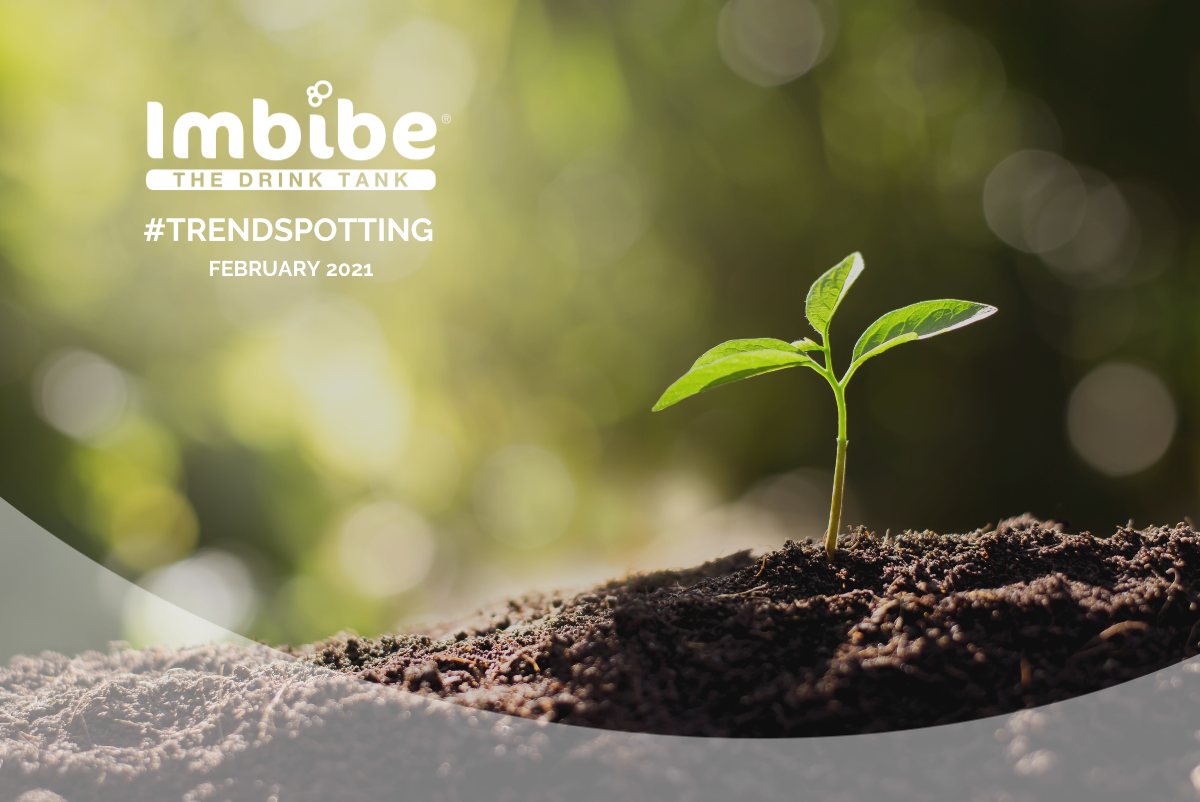
Sustainability: Not Just a Buzz Word
Start-ups and Fortune 500s alike are incorporating more sustainable practices into their operations and overall ethos. Based on market trends and increased requests to formulate with more sustainable ingredients, we predict that sustainability claims and practices will follow a trajectory like that of clean label and will become a significant point of differentiation among brands in the natural and organic space in the next decade.
Calling Out Carbon

Fast casual chain Just Salad launched a Carbon Label program at the end of 2020, where they denote the comparative impact of items on their menu – for example, carrot vs chicken. They now include an estimate of greenhouse gas emissions alongside every menu item and are imploring consumers to reduce their daily kg CO2e (kilograms of carbon dioxide equivalent, which accounts for several types of greenhouse gases) by being more mindful of their diet. According to them, the average American consumes 4.7kg CO2e daily.
New to market mushroom jerky maker, Moku Foods, plants the following earth-saving stats on each of their perfectly portioned pouches: “one bag of our jerky over beef jerky saves 12 ft2 of land, 107 gallons of water and 11lbs of CO2.” It may still be some time before even the early adopting consumers develop a reference point for carbon emissions, but this brand is one to watch for their public displays of affection for the planet.


In the last decade, veteran alt-meat producer, Quorn, has partnered with Carbon Trust, a third-party certifying organization that audits companies’ practices to support the reduction of carbon emissions. Based on this partnership, Quorn broadcasts in its 2019 Sustainable Development Report that its mycoprotein (fungi-derived) based products have supported their carbon footprint reduction per ton(ne) by 33%.
Conservation
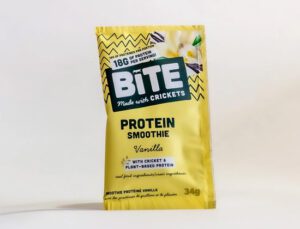
Hi! cricket protein powder calls out the fact that crickets require only about 7% of the space that livestock need (demanding 93% less land overall) and use less than half of the amount of water as their more pervasive protein-rich counterparts. It’s hard to know how many more consumers than the current 2 billion people getting their nutrients from these microproteins will adopt crickets, but as the spotlight on our limited resources shines brighter, there will certainly be more insect innovation. Additional critter-friendly brands: Small Giants, The Cricket Bakery, Bug Out Bar and Bite Snacks.
Algae may be the food industry’s middle child – it seems to fly under the radar, despite many valuable attributes (a complete protein, a source for natural blue/green coloring with appreciable amounts of B vitamins, copper and iron). While somewhat prevalent in sports nutrition protein powders and functional drinks colored by Blue Majik, an underutilized class of algae, kelp, is starting to gain notoriety, thanks largely to start-up Akua. Their kelp farming practices require no fresh water, fertilizer, feed, or land to grow. Current market products include jerky, pasta, seasoning and a plant-based burger, all with kelp as the star ingredient. Aussie-based brand, Unicorn Foods, also has a functional powder called Ocean Blend that leverages the inherent nutrients in kelp.
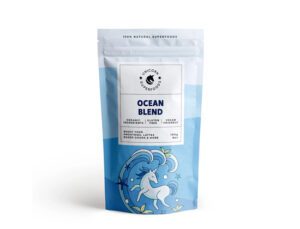
Creative (Up)Cycling
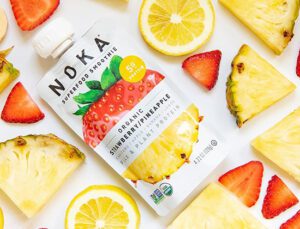
Portable superfood smoothie maker, Noka Organics, uses “ugly” fruits and veggies destined for the landfill in their smoothies. They also incorporate supercharged ingredients like camu camu, goji berry and maqui berry into their squeezables.
In the alcohol arena, Wheyward Spirit, repurposes whey (a byproduct of the cheese and yogurt making process) and uses this nutritious protein as the base for their 80-proof spirit. This farm-to-flask and lactose free product boasts a unique and complex flavor profile, in addition to doing its part to upcycle whey that would otherwise be discarded. White Moustache has also created a line of probiotic tonics to maintain a circular economy within their ecosystem. They also incorporate the liquid whey from their yogurt into frozen ice treats.
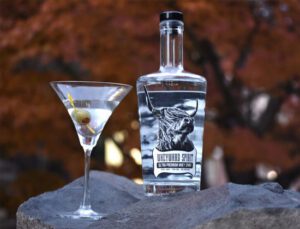

Blue Stripes Urban Cacao, which recently gained distribution in SoCal Whole Foods locations, calls attention to the amount of the cacao plant that is typically a part of the waste stream in the creation of chocolate. Their cacao water/juice products (the ingredient statement lists cacao juice as the second ingredient, though they’ve positioned their products as water) tout 4% of the DV of potassium and magnesium, two nutrients inherent to the underutilized cacao plant. Other cacao enthusiasts: Upriver, Xoca, and Cusa.
Have you been considering or are you already down the path of creating a more sustainable product? Imbibe is here to support your beverage development process from benchtop development through scale up. Email thedrinktank@imbibeinc.com to keep the conversation going.
Check out more on #TRENDSPOTTING, or visit our blog.
